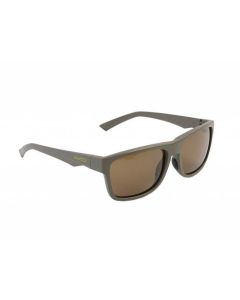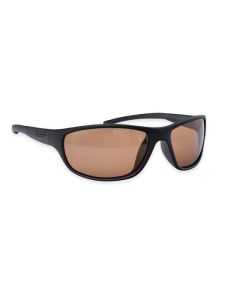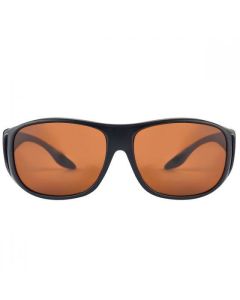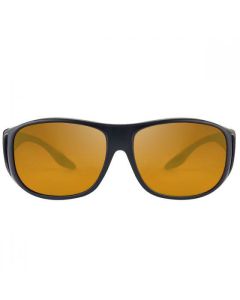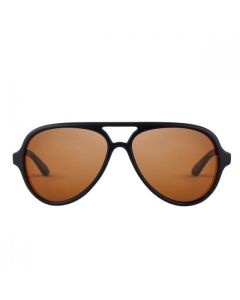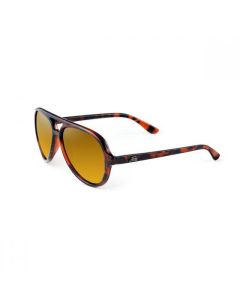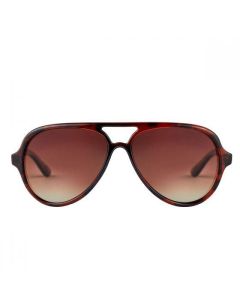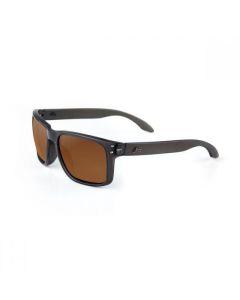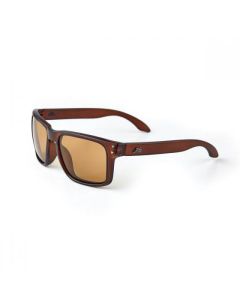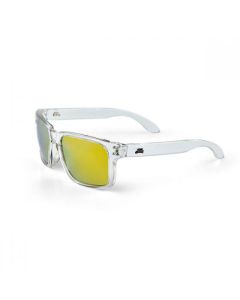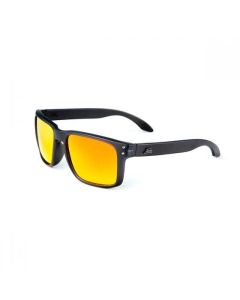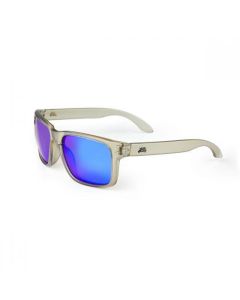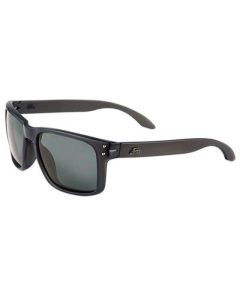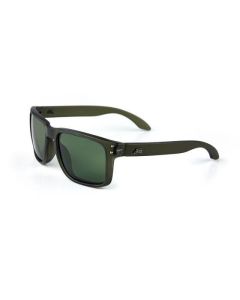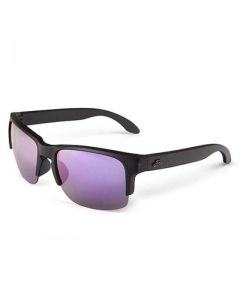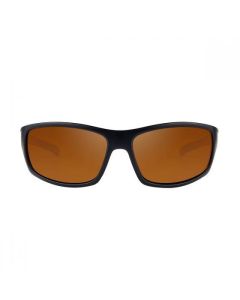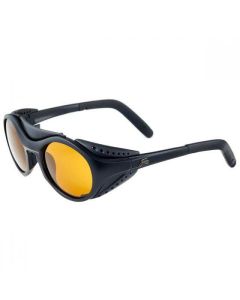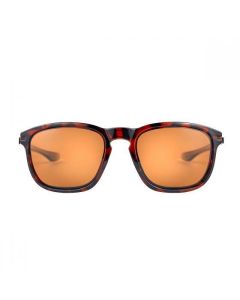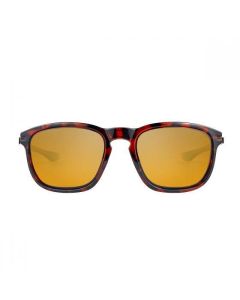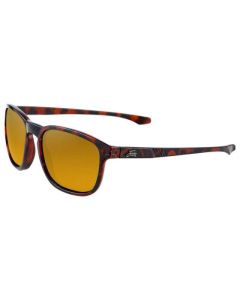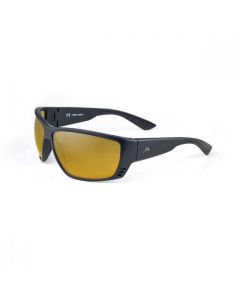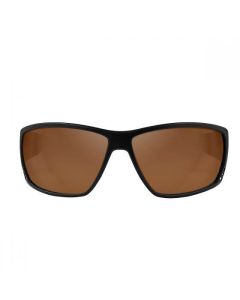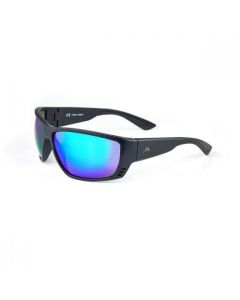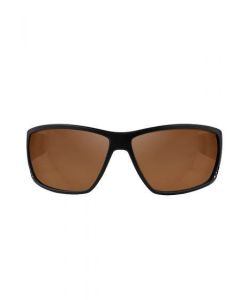Dive into the latest advancements in fishing sunglasses designed to enhance your angling experience with superior eye protection and visual clarity. Discover how these essential accessories can improve your precision and success in fishing.
When choosing fishing sunglasses, consider the following:
- UV Protection Level: Essential for eye health.
- Lens Colour: Depending on typical fishing conditions; amber for overcast days, brown for mixed conditions, and grey for bright sunlight.
- Frame Fit and Comfort: Ensure the sunglasses fit well and provide comfort for long-duration wear.
- Price vs Quality: Balance between affordability and advanced features.
Frequently Asked Questions
What features are important when choosing fishing sunglasses? Key features include UV protection, polarized lenses, frame durability, and lens colour tailored to fishing environments.
How do lens colours impact fishing performance? Lens colours enhance visibility under specific lighting conditions, with amber excellent for low light and grey ideal for bright days.

